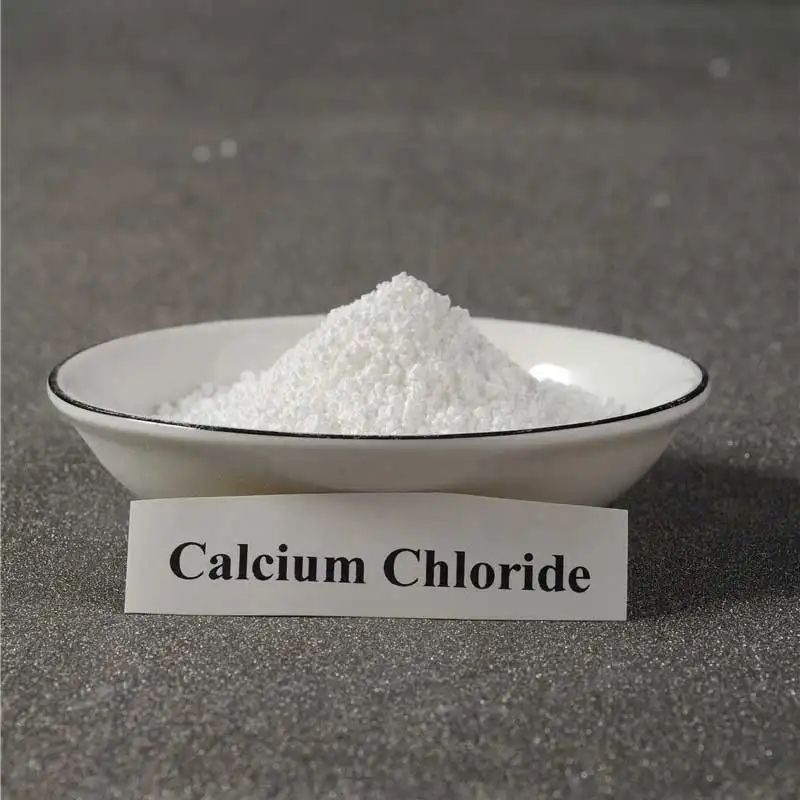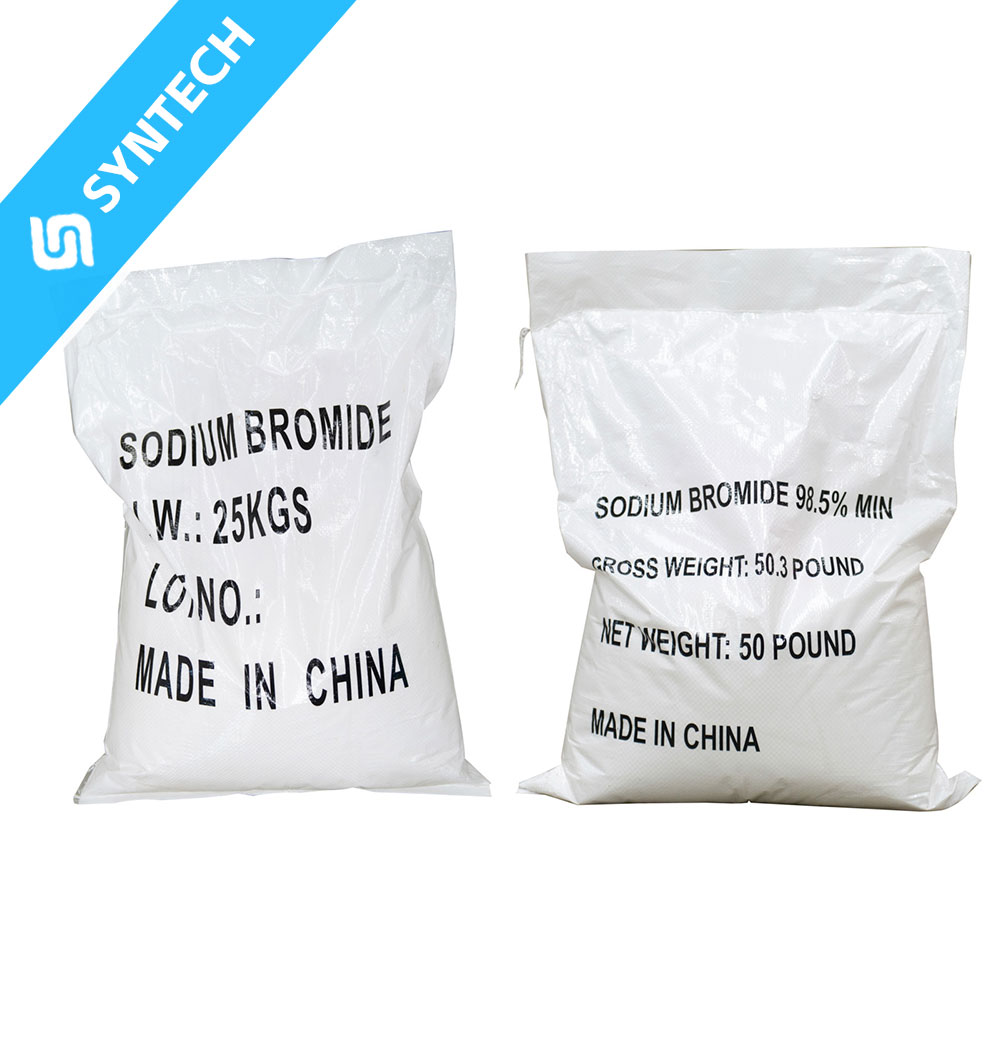Calcium bromide completion brines are high-value fluids critical for well control and formation protection. Their performance must be meticulously monitored and maintained to ensure operational safety, effectiveness, and cost-efficiency. The process involves a continuous cycle of monitoring key parameters, identifying deviations, and implementing corrective actions.
I. Performance Monitoring (The Key Parameters)
Regular, systematic testing is the first line of defense. Here are the critical parameters to monitor:
1. Density (Specific Gravity):
- Why Monitor: This is the most critical parameter. It directly determines the hydrostatic pressure exerted by the fluid column, which is essential for well control and preventing blowouts.
- How to Monitor:
- Pressurized Mud Balance: The most accurate and common tool for field measurement. It provides a direct density reading (in ppg, kg/m³, or SG).
- Portable Density Meters: Digital devices that can provide quick and accurate readings.
- Frequency: Continuously monitored while pumping; checked at least every 4-8 hours while in the hole, and before any critical operation.
2. Solids Content and Clarity:
- Why Monitor: The primary advantage of CaBr₂ brine is being solids-free. Introduced solids (e.g., from drill cuttings, pipe scale, or bacterial growth) can plug the producing formation, reducing permeability and causing permanent formation damage.
- How to Monitor:
- Visual Inspection: A clear, colorless-to-pale-yellow brine is ideal. Any cloudiness, haze, or visible solids is a cause for concern.
- Laboratory Analysis: Membrane filtration tests can quantify the suspended solids content (in mg/L).
- Particle Size Analysis (LS-APSD): Can be used to characterize the size and distribution of any solids.
- Frequency: Daily visual checks; formal solids testing if contamination is suspected.
3. Crystallization Temperature (Freeze Point):
- Why Monitor: CaBr₂ brines are often used in cold environments. If the temperature drops below the brine’s crystallization point, salts will solidify, potentially plugging lines, valves, and subsea equipment, leading to a serious operational incident.
- How to Monitor:
- Crystallization Point Tester: A specialized apparatus that cools a sample until crystals form, detecting the precise temperature.
- Frequency: Checked initially when the brine is formulated and after any significant dilution or contamination.
4. pH:
- Why Monitor: A stable, slightly alkaline pH (typically 7-8.5 for CaBr₂) is necessary to minimize corrosion of downhole and surface equipment. A dropping pH can indicate contamination (e.g., with CO₂ or H₂S) or bacterial activity, which accelerates corrosion.
- How to Monitor: pH paper or a portable pH meter.
- Frequency: Daily.
5. Corrosivity:
- Why Monitor: High-density brines can be corrosive, especially at elevated temperatures. Monitoring helps prevent costly damage to tubulars and equipment.
- How to Monitor:
- Corrosion Coupons or Rings: Metal strips placed in the brine system for a set period and then weighed to determine the corrosion rate (in mils per year, mpy).
- Electronic Corrosion Probes: Provide real-time corrosion rate data.
- Frequency: Coupon analysis is typically done over a 2–4 week period; probes provide continuous data.
6. Fluid Loss / Filtrate:
- Why Monitor: While not a drilling “mud,” it’s still important to ensure the brine itself isn’t being lost to the formation, which is wasteful and could indicate poor filter cake integrity.
- How to Monitor: A high-temperature high-pressure (HTHP) filter press.
- Frequency: Periodically, or if losses are observed.
II. Maintenance and Corrective Actions
When monitoring indicates a problem, immediate corrective action is required.
1. Maintaining Density:
- Problem: Density is too low.
- Solution:
- Add Fresh CaBr₂ Solution: Pump a higher-density CaBr₂ brine into the system to raise the overall density.
- Dehydration: Remove water (via evaporation or using a specialized brine recovery unit) to concentrate the brine.
- Problem: Density is too high.
- Solution: Dilute with inhibited, solids-free water (e.g., fresh water or preferably a lighter brine like NaCl to maintain ionic stability).
2. Maintaining Clarity (Solids Removal):
- Problem: Solids contamination.
- Solution:
- Filtration: Circulate the brine through a series of filters. This starts with coarse “catch” filters (e.g., 75-100 micron) to remove large debris, followed by fine “polishing” filters (e.g., 1-10 micron) to remove fine particulates. Cartridge filters and filter presses are commonly used.
- Prevention: Use adequate filter screens on suction lines, employ solids-laden brine treatment systems (like the one described for waste brine), and ensure good housekeeping to prevent surface contaminants from entering the system.
3. Adjusting Crystallization Point:
- Problem: Risk of crystallization at operating temperatures.
- Solution: Adjust the brine density or blend it with a different brine (e.g., CaCl₂) to modify the crystallization point to a safer, lower temperature. This requires careful engineering analysis.
4. Controlling Corrosion and pH:
- Problem: Low pH or high corrosion rates.
- Solution:
- Add Corrosion Inhibitors: Apply compatible film-forming inhibitors that create a protective layer on metal surfaces.
- Adjust pH: Carefully add a base (e.g., Ca(OH)₂ or MgO) to raise and stabilize the pH. Using calcium-based inhibitors helps maintain brine compatibility.
- Oxygen Scavengers: Add chemicals to remove dissolved oxygen, a primary driver of corrosion.
Summary: The Maintenance Cycle
The process is a continuous cycle:
- Monitor: Continuously test key parameters (Density, Clarity, Crystallization Point, pH).
- Analyze: Compare results against specifications. Identify trends (e.g., slowly dropping density, rising solids).
- Act: Implement corrective actions (Filtration, Additives, Dilution/Concentration).
- Re-test: Verify that the corrective action resolved the issue.
- Document: Keep detailed records for quality control and to optimize future operations.
By adhering to this rigorous discipline of monitoring and maintenance, operators can ensure that their calcium bromide brine performs its vital functions safely, effectively, and economically throughout the completion operation.






